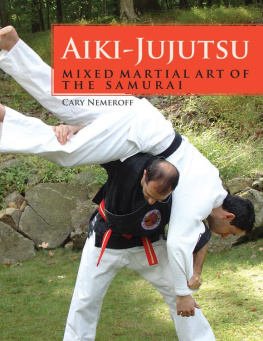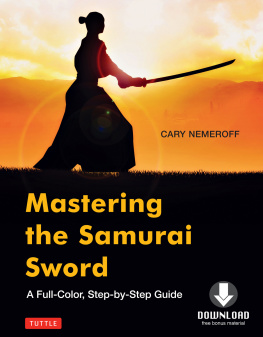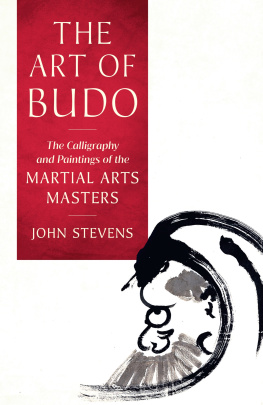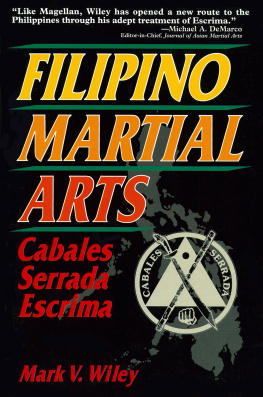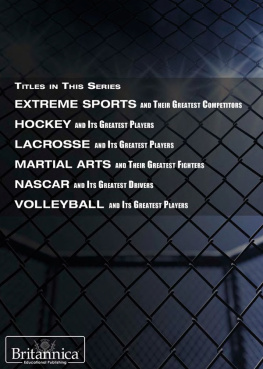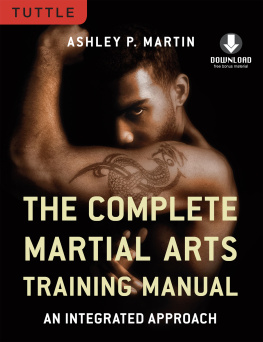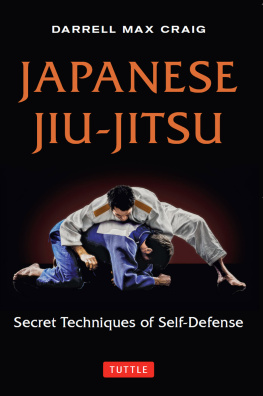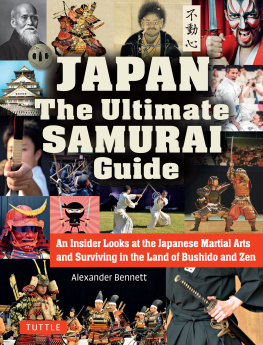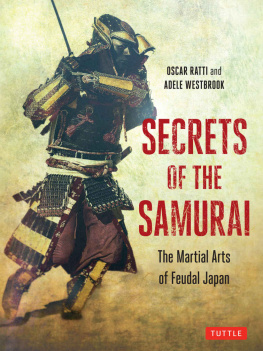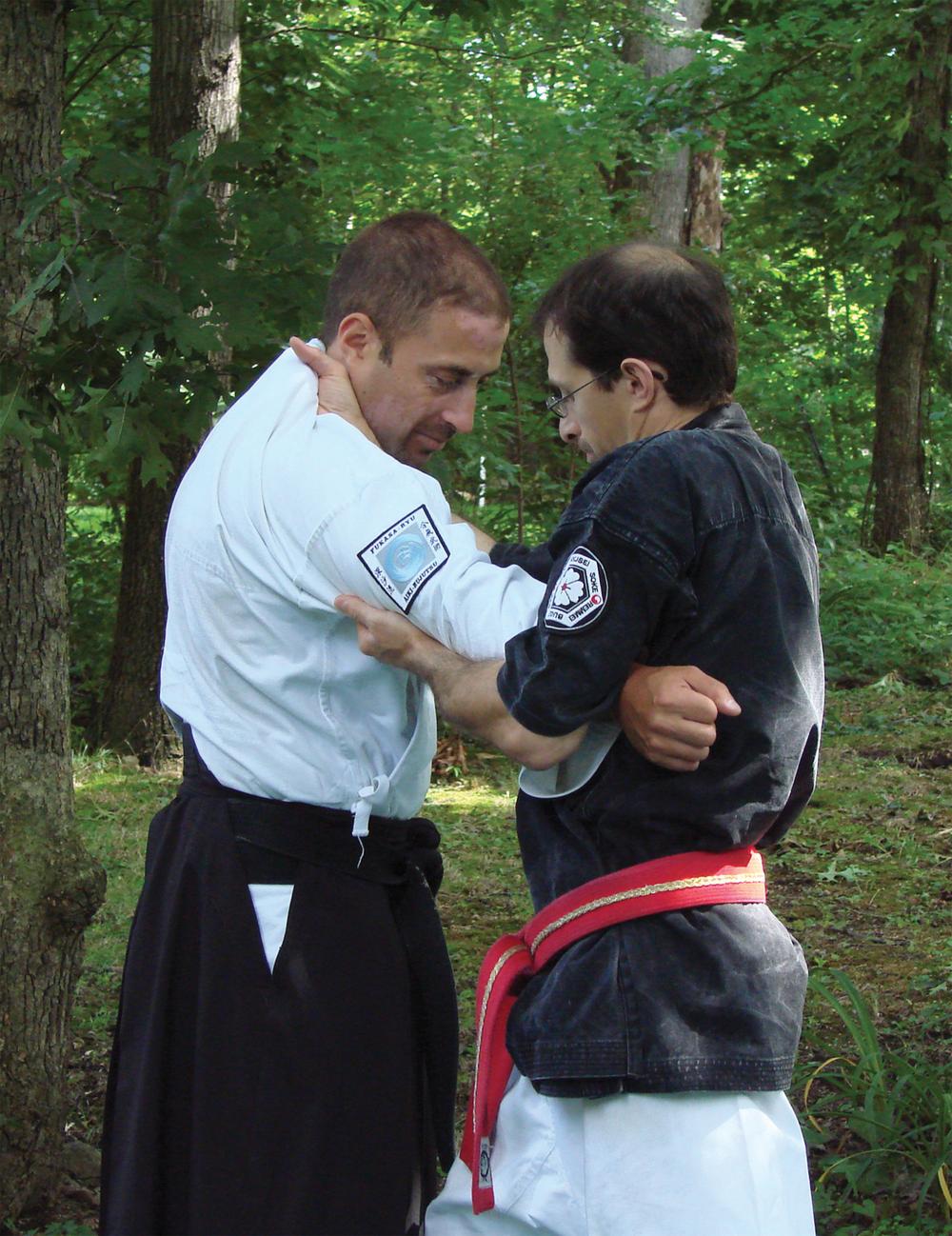Aiki-Jujutsu is the art of the Bushi, leaders of the class of Japanese warriors known as the Samurai. It was originally developed as a method to overcome sword-wielding assailants on the battlefield and, like most Japanese arts, it developed into an outstanding form of self-defence that could be utilized in modern times. I have been involved in the Japanese Jujutsu arts most of my life and have studied the Bushi warrior skill at its highest level.
Aiki is the skill to harmonize with an attacker in order to overcome ones difference in size, strength or fighting ability. When people can actually Aiki their opponents, they can neutralize and overcome them. Many of the traditional Japanese styles have developed the concept of Aiki to an incredible level. Having studied several of these martial styles, I have developed my own form of Juko-Ryu Aiki-Jujutsu, which preserves these powerful techniques for modern-day combat and self-defence.
Cary Nemeroff has been my student for more than thirty-five years. I am pleased to recommend his book on Aiki-Jujutsu to those who are interested in the traditional martial arts of Japan. Aiki-Jujutsu is one of the most magnificent martial arts that came from the Japanese tradition. Anyone interested in traditional training with a strong self-defence component will find this book interesting and instructive.
I would like to acknowledge all of the people who helped bring this text to completion. First and foremost, I want to thank my mother, Sandy Nemeroff, for her role in editing the text in the manuscript. Her words helped the conversion of martial arts techniques into meaningful language.
I thank both of my parents for enrolling me in the martial arts as a young boy. Their persistence and constant encouragement throughout my life continue to give me the confidence to pursue my dreams.
I am grateful for my wife Tsen-Ting, my partner in life, who understands and appreciates the lifestyle that I live, which is inextricably connected to the commitment that I have to the martial arts.
I would like to honour my teacher, Rod Sacharnoski, Soke, who continues to inspire me through his philosophy and mastery of martial arts techniques. It is his generosity, trust and patience that has sculpted me into the martial artist that I am today. I am honoured that he would, once again, write the Foreword for my book.
Many thanks to all the devoted students who contributed through the photographs in the book: David Nemeroff, Dai-Shihan; Kevin Ng, Shihan; Greg Zenon, Shihan-Dai; Nicolas Fulton, Shihan-Dai; Anthony Cabrera, Sensei; Ittai Korin, Sensei; David Schnier, Sensei; Bret Koppin, Sensei; Peter Lawson, Sensei; Anita V. Stockett, Sensei; Fred Bennett, Sensei; Frantz Cochy and Wade Bailey. I am honoured by and grateful for their belief in me and my teachings, as well as their demonstration of diligence and commitment to what I do.
To Greg Zenon, Shihan-Dai, the Fukasa-Kai Photographer who photographed 99 per cent of the fabulous pictures in this publication, I want to share my special thanks for all of his photographic contributions during the last fifteen years as a member of Fukasa-Kai.
To David Nemeroff, Dai-Shihan, who photographed the cover picture for this publication, I want to share my deepest thanks for all of his hard work and support to help Fukasa-Kai evolve to where it is today.
I wish to thank all of my devoted students. Without them, my life would be far less satisfying.
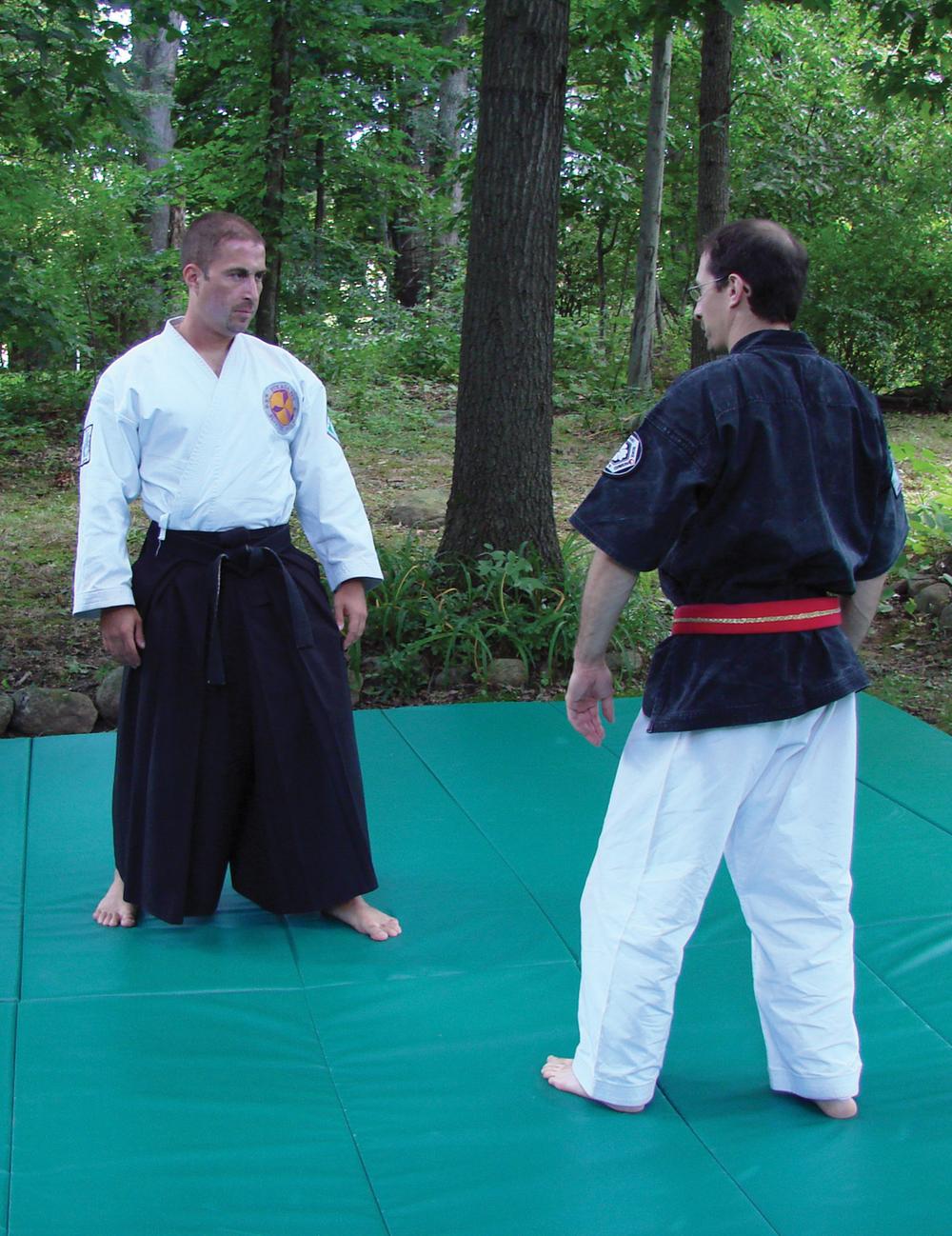
The traditional martial arts of Japan have survived the test of time. Martial history provides us with evidence that Bujutsu (the Japanese martial arts) proliferated and evolved over generations within the small families of Samurai who, beginning in Japans Heian period (7941185 CE ), served both their Daimyo (regional lords) and ultimately the emperor and/or Shogun (military leader). Martial arts techniques were tested on the battlefields, where soldiers collided in cavalry battles as foot soldiers en masse and in individual bouts. A Samurais brazenness and martial aptitude were tested, resulting in either the death of one of the combatants or Seppuku (ritual suicide to preserve ones honour).
The knowledge that a Samurai derived, and reflected upon, from his experiences in battle enabled him to formulate a methodology and breadth of technique. This system or Ryu represented a unique school of thought or style. A Ryu would typically be taught or passed down to the progeny of the Samurai, who would serve Japan later in life.

